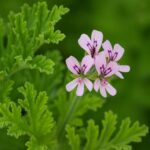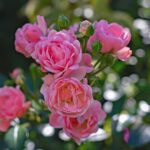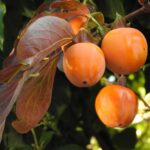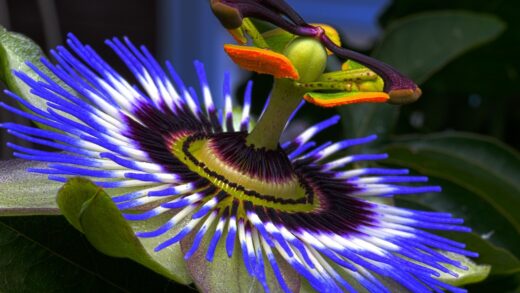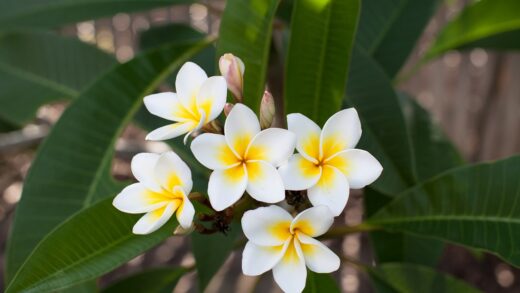Although African violets are typically grown as year-round houseplants and do not experience true dormancy in the same way that outdoor perennials do, their growth patterns are significantly influenced by the changing seasons. The winter months in temperate climates bring shorter days, lower light intensity, and often cooler indoor temperatures, all of which signal the plant to slow down its metabolic processes. Proper overwintering care involves making subtle adjustments to your routine to accommodate this natural slowdown. The goal is not to force the plant into a state of inactivity, but rather to support its health through this period of reduced growth, ensuring it emerges strong and ready for vigorous growth in the spring.
The most significant environmental change during winter is the reduction in natural light. The duration of daylight shortens, and the angle of the sun is lower, resulting in less intense light reaching your plants. This decrease in light energy is the primary trigger for the plant’s slowdown. Photosynthesis, the process by which the plant creates its food, becomes less efficient, leading to slower leaf production and often a pause in flowering. Recognizing and responding to this fundamental change is the key to successful winter care. It is important not to try and force the plant to grow at its summer pace, as this can lead to weak, leggy growth.
Concurrent with the decrease in light, indoor environments often change dramatically in winter. The activation of central heating systems can lead to a significant drop in ambient humidity, creating air that is far too dry for these humidity-loving plants. At the same time, locations near windows can become much colder, especially at night, exposing the plants to potentially harmful cold drafts. Therefore, overwintering care involves a careful balancing act: protecting the plant from cold while simultaneously mitigating the drying effects of indoor heating.
The plant’s requirements for water and nutrients will also decrease in direct proportion to its reduced growth rate. Continuing to water and fertilize at the same frequency as you would in the summer is a common mistake that can quickly lead to problems like root rot and fertilizer burn. The plant simply cannot use the same amount of resources when it is not actively growing. Learning to adjust your watering and feeding schedule based on the plant’s actual needs during this quiescent period is a critical skill for ensuring its long-term health and vitality.
Adjusting light and temperature
During the winter, you may need to relocate your African violets to a position where they can receive more light. A south-facing window, which might be too intense during the summer months, can provide the ideal amount of bright, indirect light during the winter. If you notice your plants are reaching or stretching towards the window, or if their leaves are becoming darker green and they have stopped blooming entirely, it is a clear sign they are not receiving enough light. Continue to rotate your plants regularly to ensure even growth, as the low-angled winter sun can make them particularly prone to growing in a lopsided manner.
More articles on this topic
If you cannot provide adequate natural light during the winter, supplementing with artificial grow lights is an excellent solution. In fact, growers who use artificial lights year-round will notice less of a seasonal change in their plants’ growth. You can maintain a consistent light cycle of 12-14 hours per day using fluorescent or LED lights. This will keep the plants in a more active state of growth and can encourage them to continue blooming even through the darkest months of the year. This provides a level of control that is impossible to achieve with natural light alone.
Temperature management is equally crucial during the winter. While African violets prefer a stable temperature range, it is essential to protect them from extremes. Keep them away from cold, drafty windowsills, especially at night. If you can feel a draft, the plant can too. You can place a piece of cardboard or a thick curtain between the plant and the window pane at night for insulation. Conversely, be sure not to place them too close to heat sources like radiators, fireplaces, or heating vents, as the hot, dry air can quickly desiccate the foliage.
Maintaining adequate humidity is often the biggest challenge of winter care. Central heating systems can make the air exceptionally dry. To counteract this, group your plants together to create a more humid microclimate. Using a pebble tray—a shallow tray filled with pebbles and water—is another effective and simple method. As the water evaporates, it increases the humidity in the immediate vicinity of the plant. For best results, running a cool-mist humidifier in the room where your plants are located will provide the most consistent and beneficial level of humidity.
Modifying watering and feeding
With reduced light and slower growth, an African violet’s need for water will naturally decrease during the winter. It is imperative to adjust your watering frequency accordingly. The soil will take longer to dry out than it does in the summer. Continuing to water on a summer schedule is the fastest way to cause root rot. Therefore, you must be extra vigilant about checking the soil moisture before you water. Only water when the top inch of the soil feels dry to the touch, and be prepared for the interval between waterings to be several days longer than usual.
More articles on this topic
When you do water, the technique remains the same. Bottom watering is still the preferred method to ensure thorough hydration without wetting the foliage. Allow the plant to soak up water until the surface is moist, and then let it drain completely before returning it to its saucer. It is especially important in winter not to let the plant sit in cold, standing water, as this combination of cold and wet is particularly deadly to the root system. Always use room-temperature water to avoid shocking the roots.
The plant’s need for fertilizer also diminishes significantly during the winter. Since it is not actively producing many new leaves or flowers, it cannot utilize a heavy supply of nutrients. Continuing to fertilize at the summer rate will lead to a buildup of unused fertilizer salts in the soil, which can burn the roots and damage the plant. It is best to reduce feeding drastically or stop it altogether during the darkest months of the year.
If you choose to continue fertilizing to support any minor growth, you should reduce both the frequency and the strength of the solution. For example, if you typically use a quarter-strength solution with every watering, switch to an eighth-strength solution, or apply the quarter-strength solution only once a month. A good rule of thumb is to stop fertilizing around late autumn and only resume a very dilute feeding schedule in late winter or early spring, as you begin to see the first signs of new, active growth in the plant’s crown.
Grooming and pest prevention
Winter is an excellent time to perform some light grooming and general maintenance on your plants. Since they are not putting on a lot of new growth, it is a good opportunity to assess their shape and remove any old, yellowing, or damaged outer leaves. This not only improves the plant’s appearance but also helps to improve air circulation around the base of the plant, which can help prevent fungal issues. Continue to remove any spent blossoms promptly to keep the plant looking tidy.
The stresses of the indoor winter environment can sometimes make plants more susceptible to pests. Pests like spider mites thrive in the warm, dry conditions created by central heating. Mealybugs and aphids can also take hold on a plant that is under stress. Be particularly diligent in your weekly inspections during the winter months. Check under the leaves and in the leaf axils for any signs of pest activity. Catching an infestation early is much easier than dealing with a full-blown problem.
Maintaining good air circulation is a key preventative measure against both pests and diseases like powdery mildew, which can still occur in winter if conditions are right. While you want to avoid cold drafts, gentle air movement is very beneficial. Using a small, oscillating fan on a low setting for a few hours a day can make a big difference. It helps to keep the foliage dry, discourages flying pests from settling, and prevents the air from becoming stagnant around your plants.
Do not be tempted to repot your African violets during the winter unless it is an emergency, such as a severe case of root rot. Repotting is a stressful event for a plant, and it is best performed in the spring when the plant is entering a period of active growth and can recover more quickly. The quiescent state of winter is not the ideal time for the plant to focus its limited energy on establishing a new root system. Plan your routine repotting for the spring when the days begin to lengthen again.







